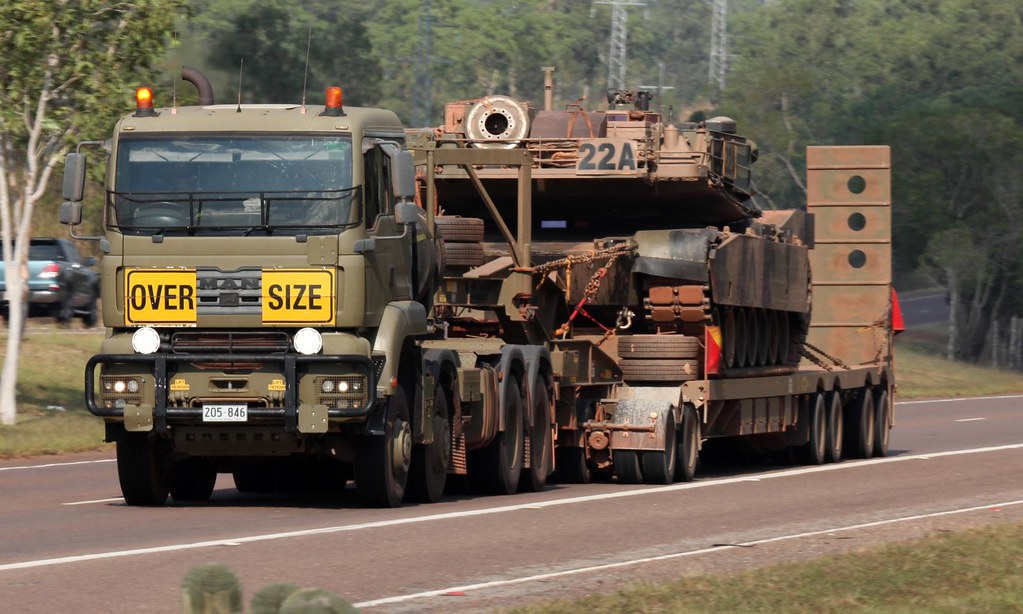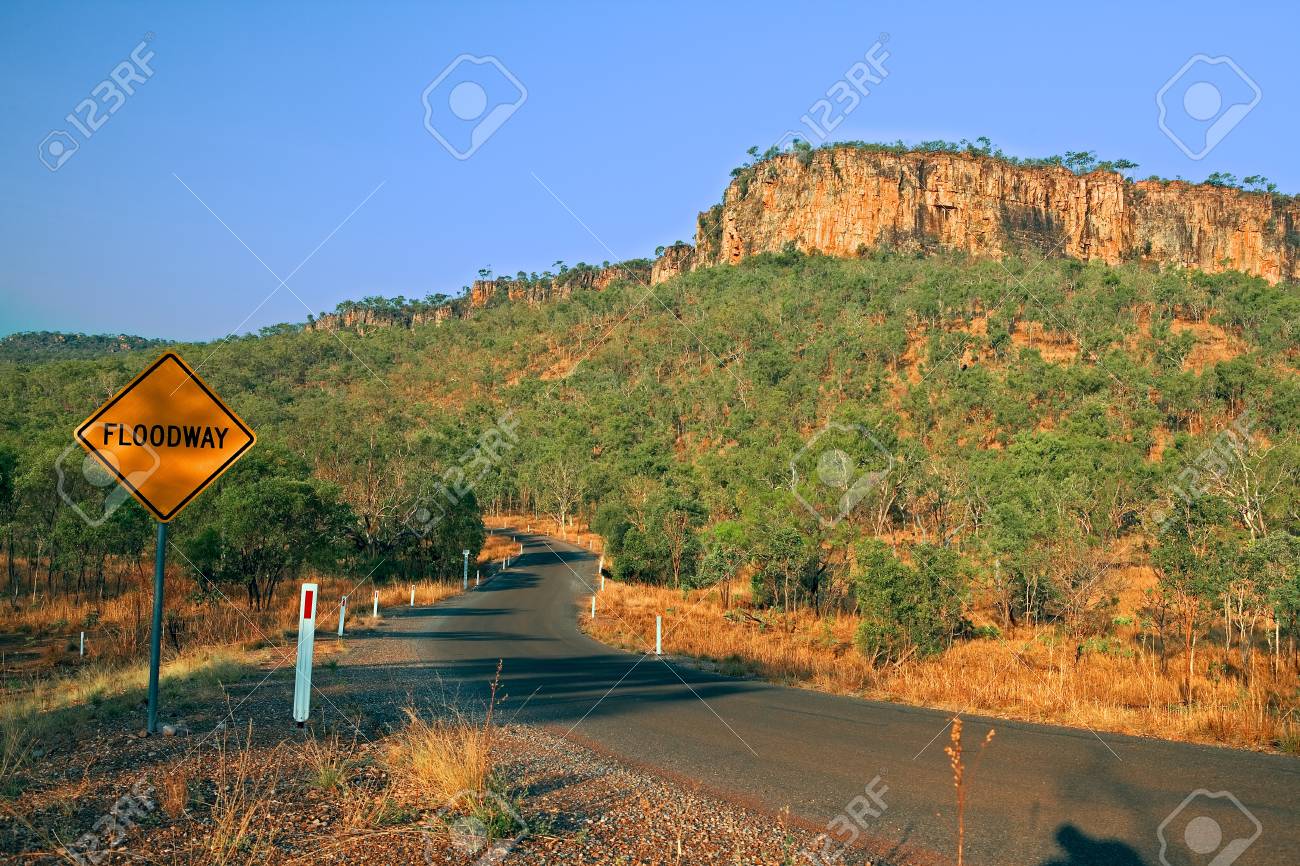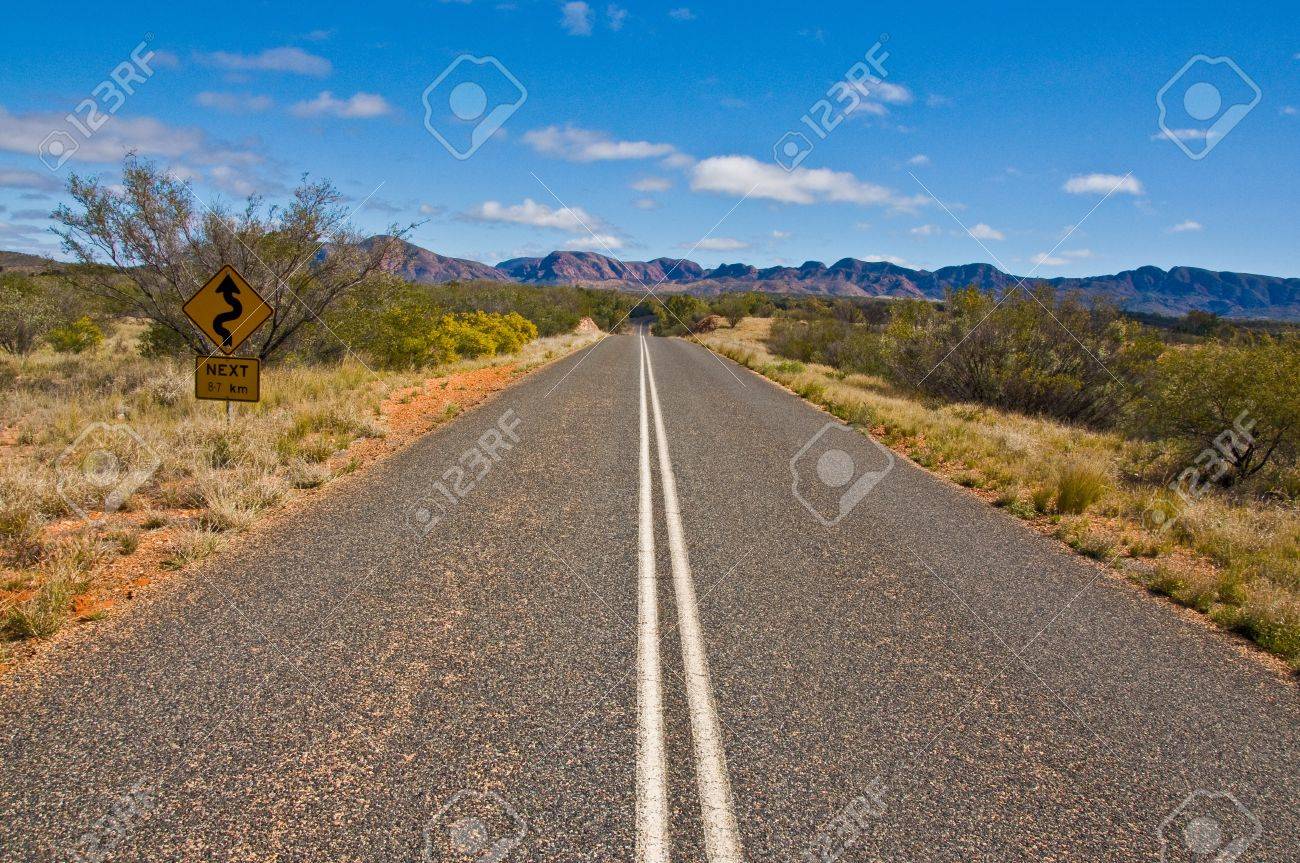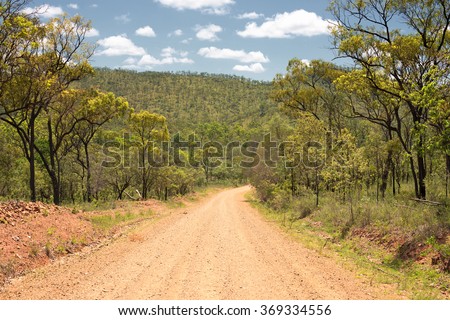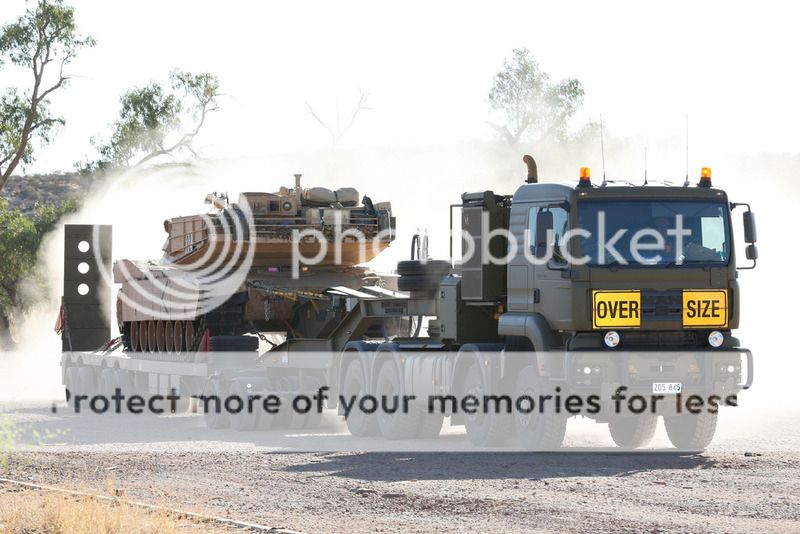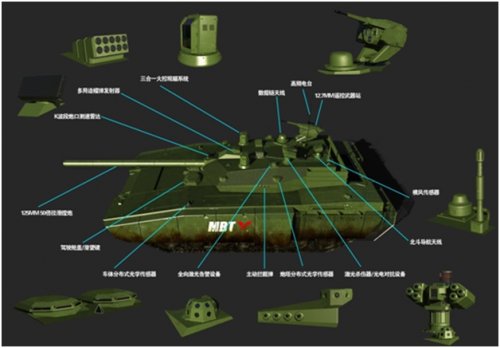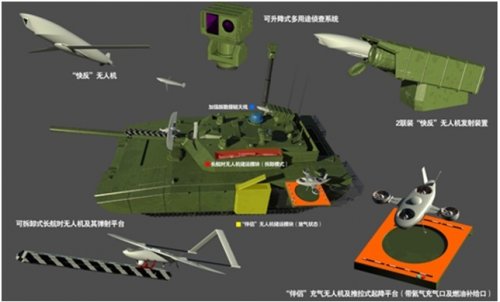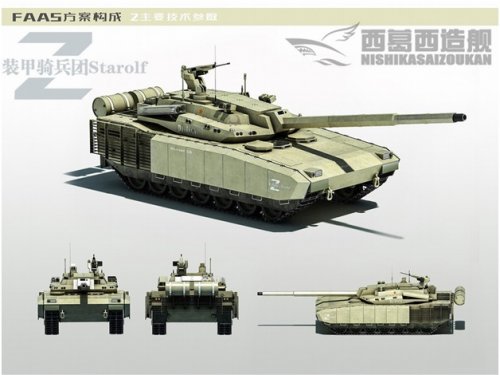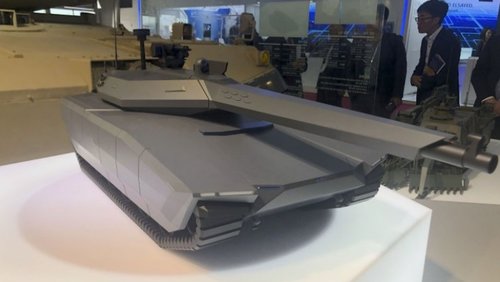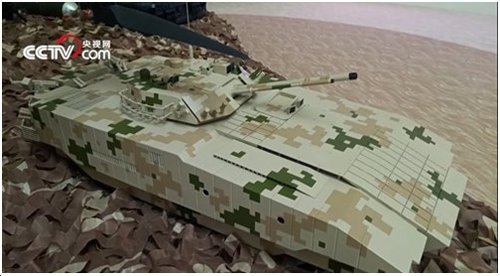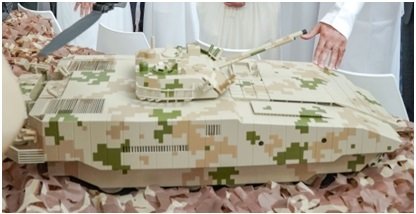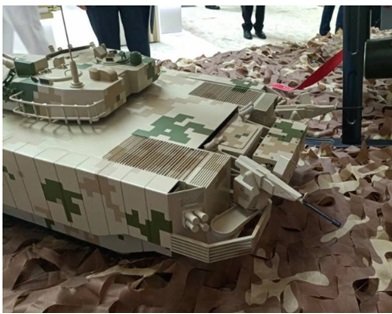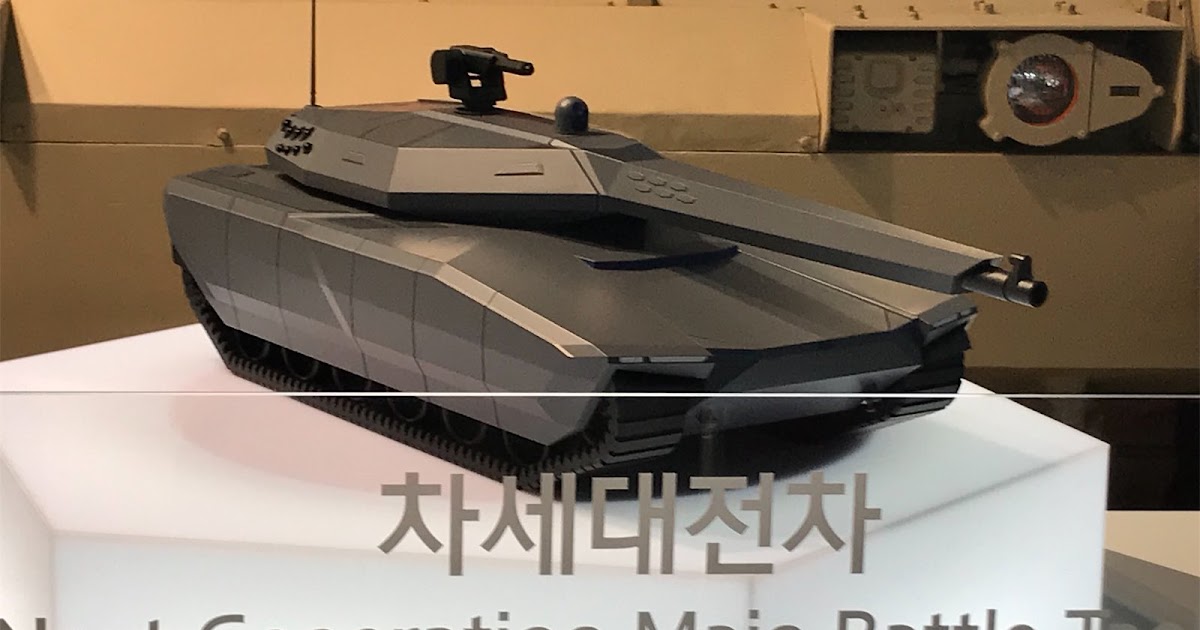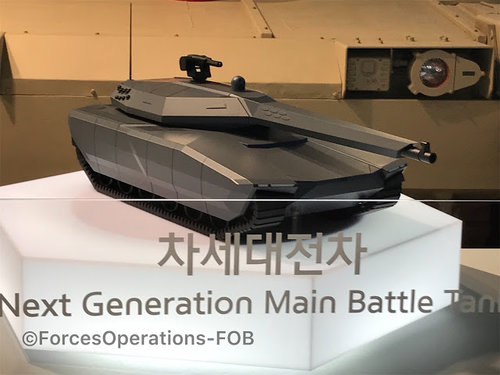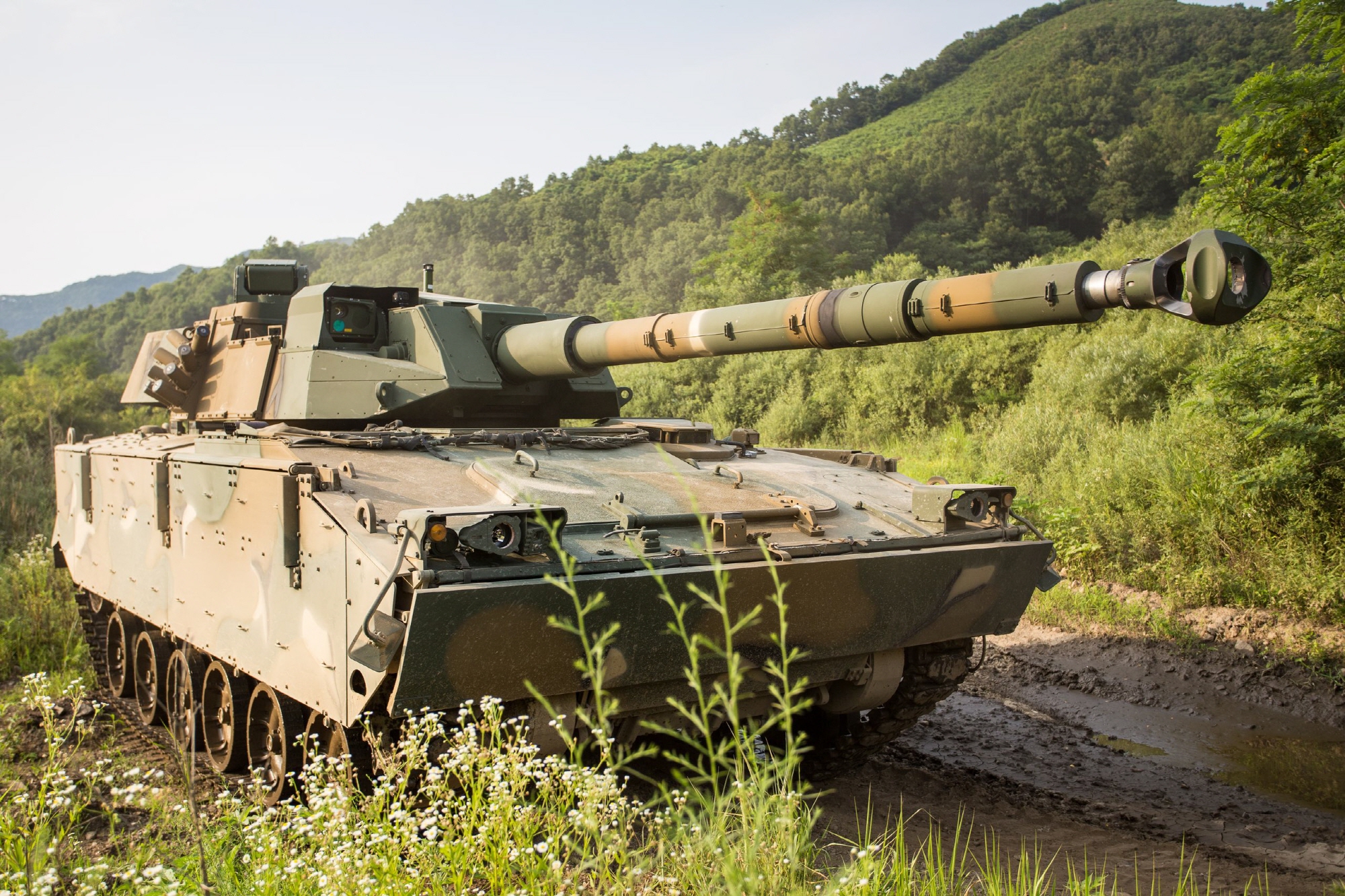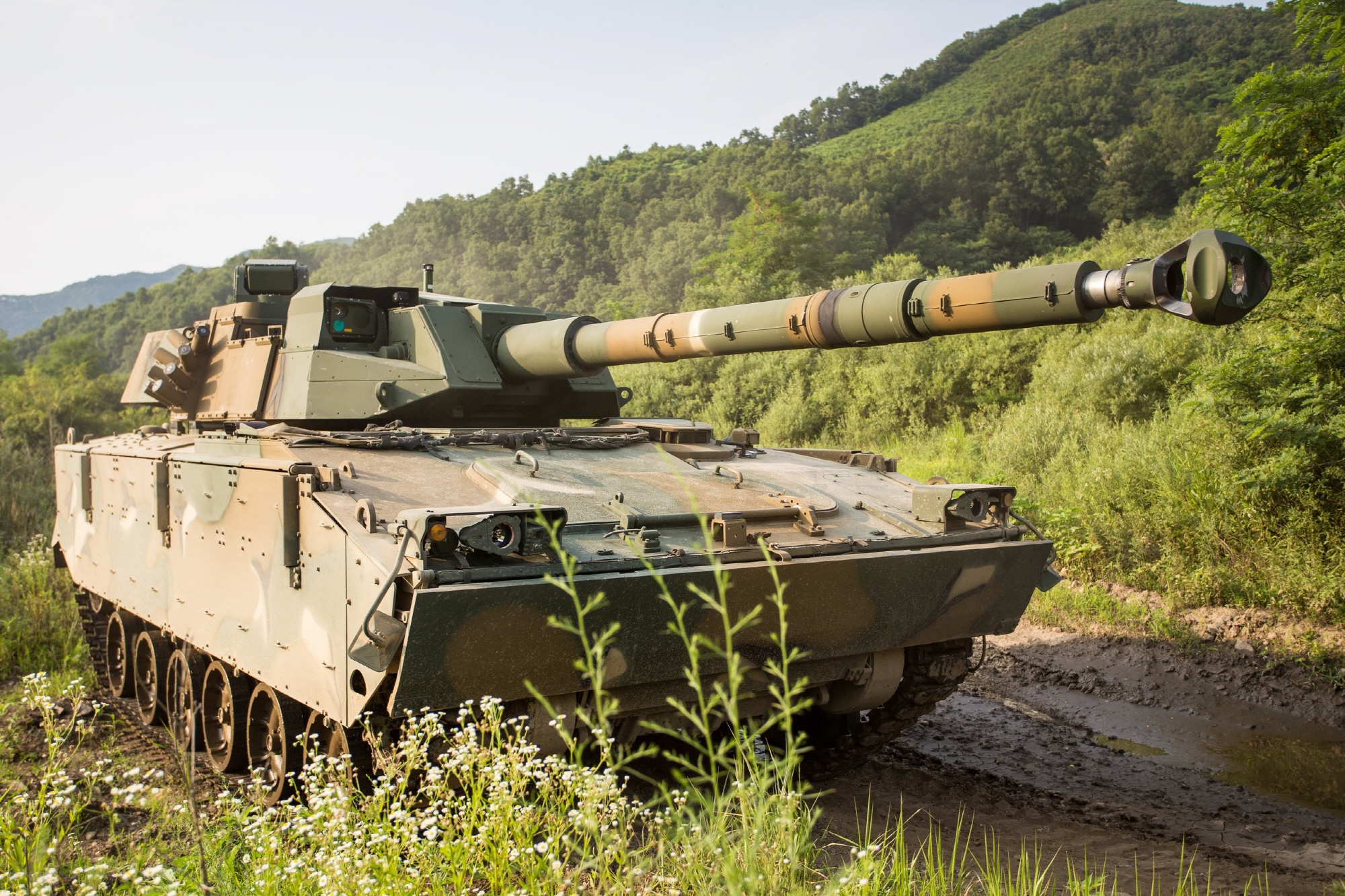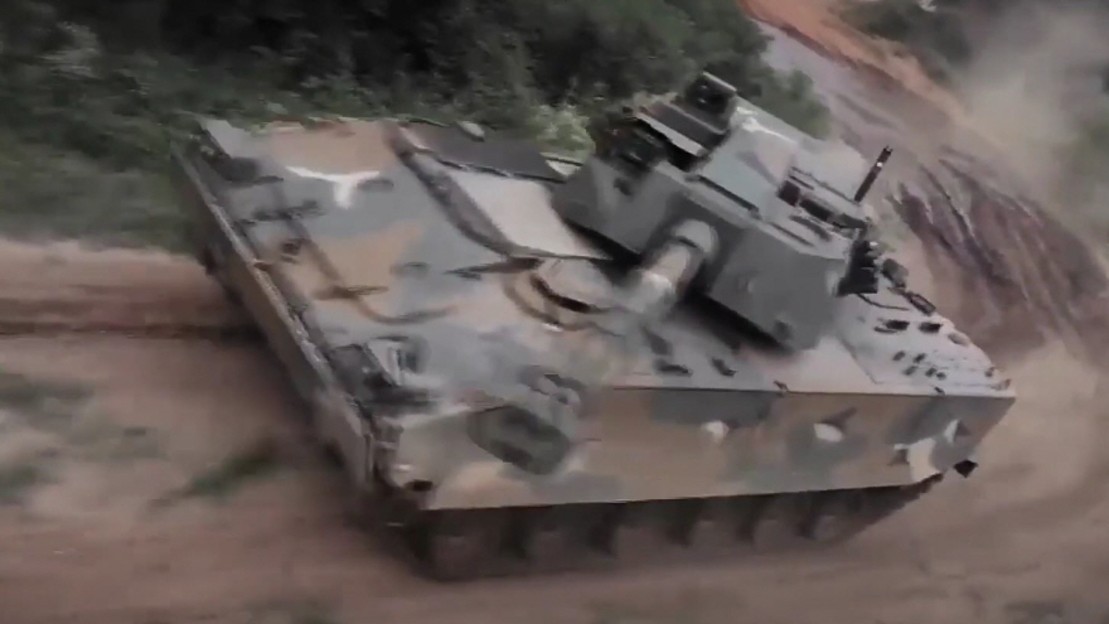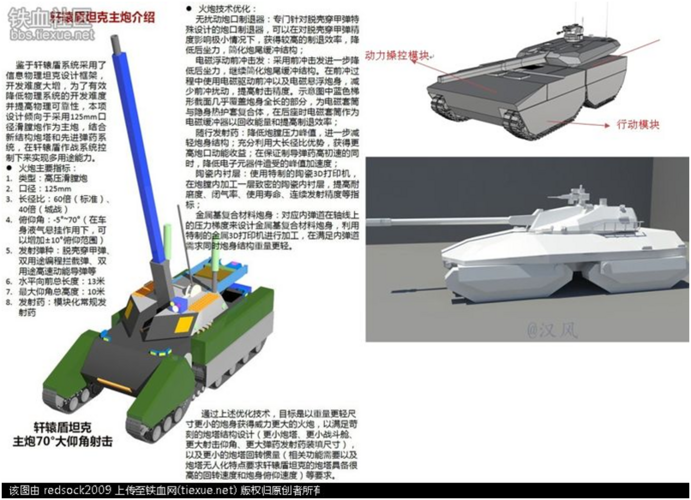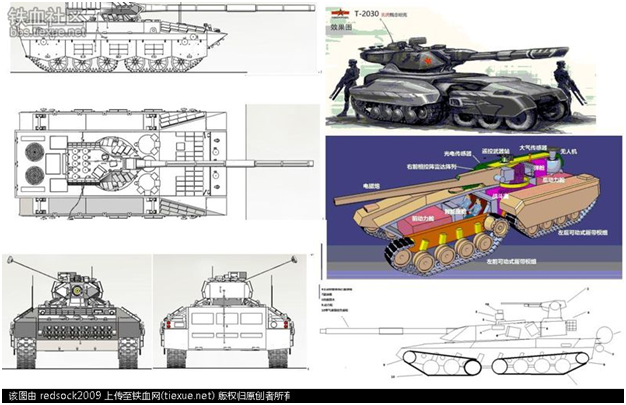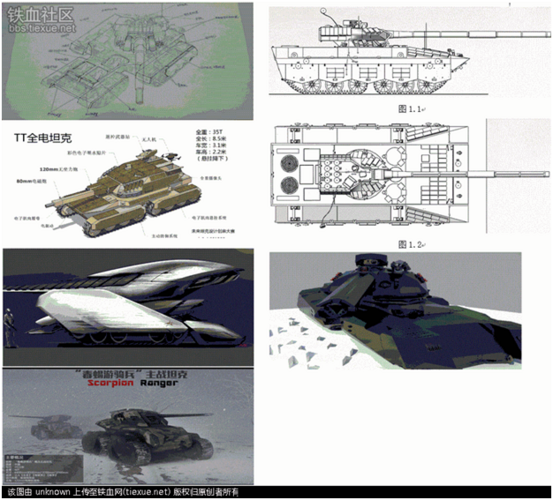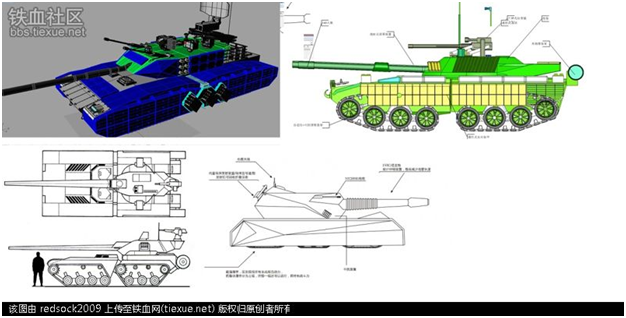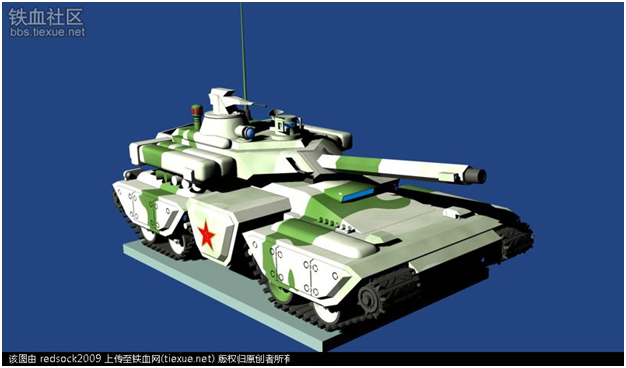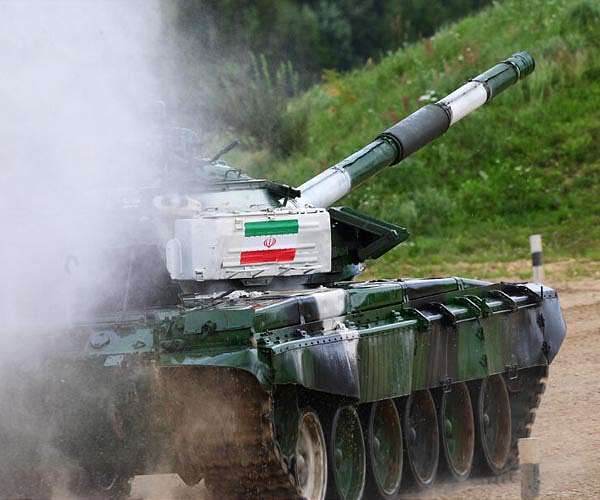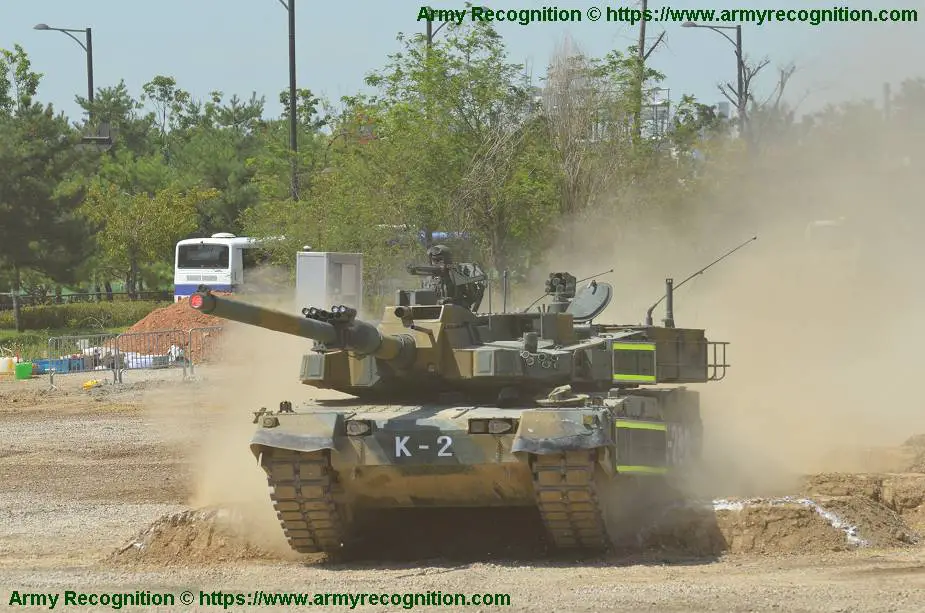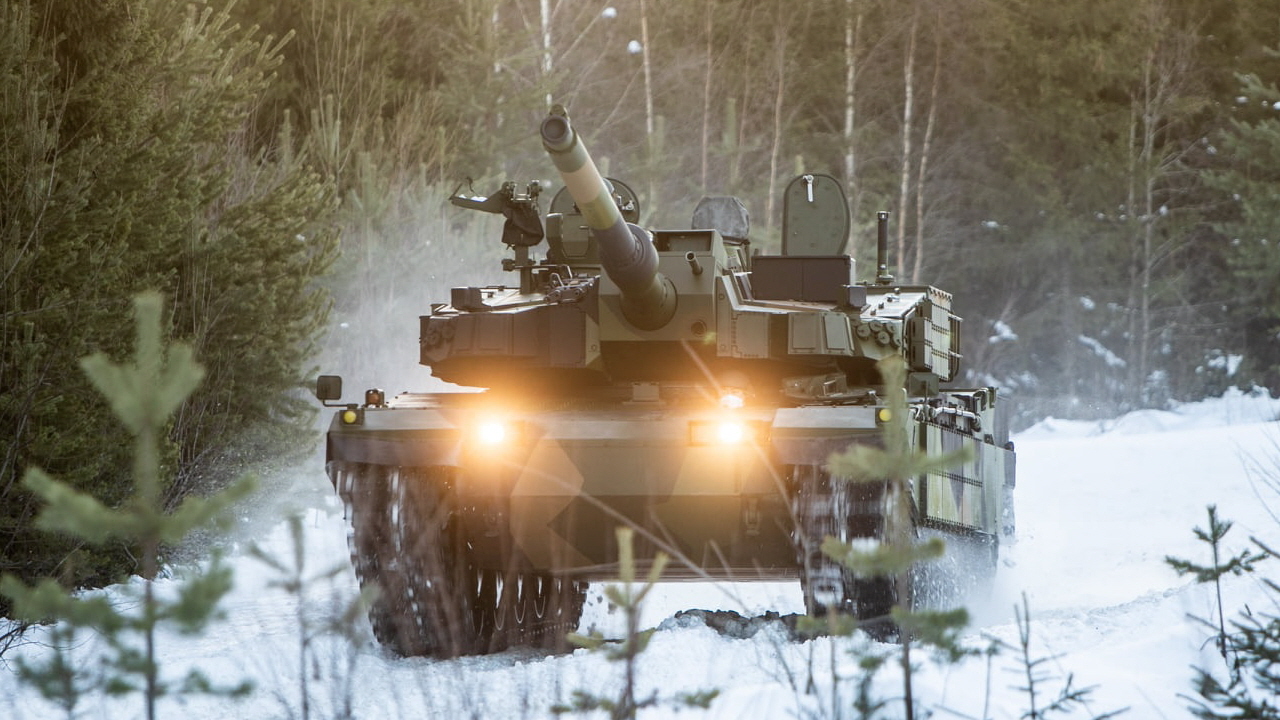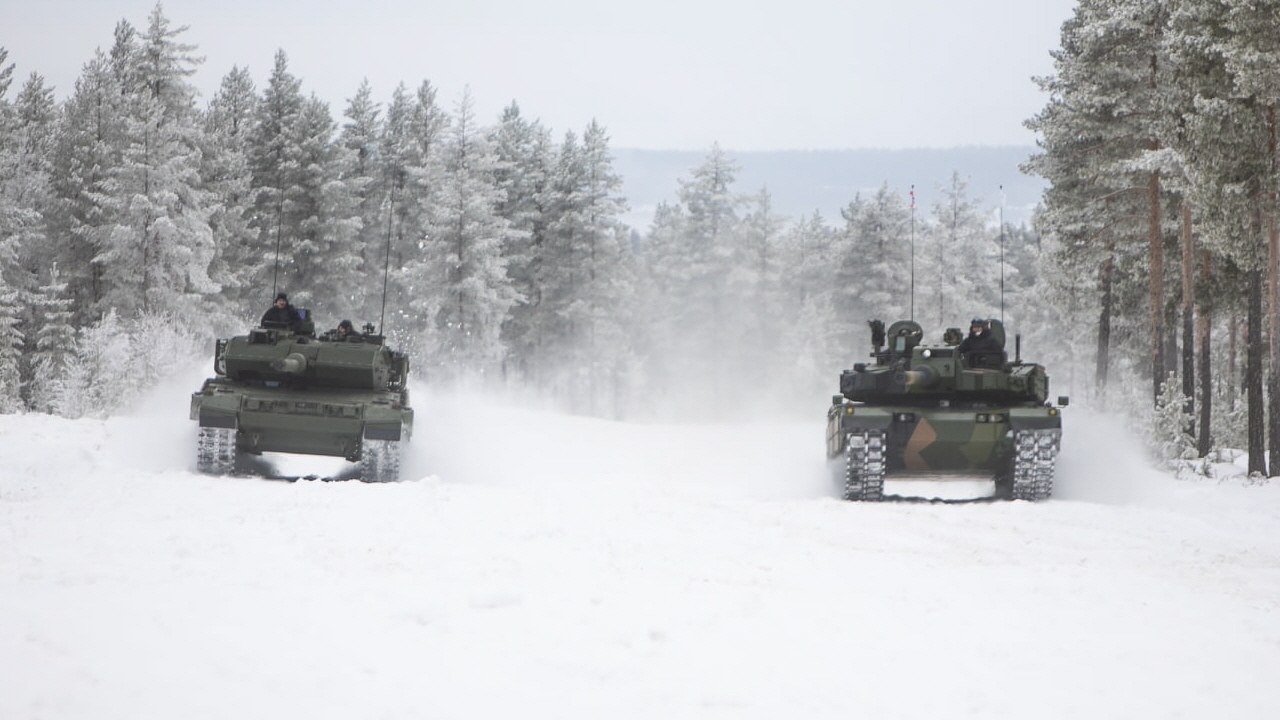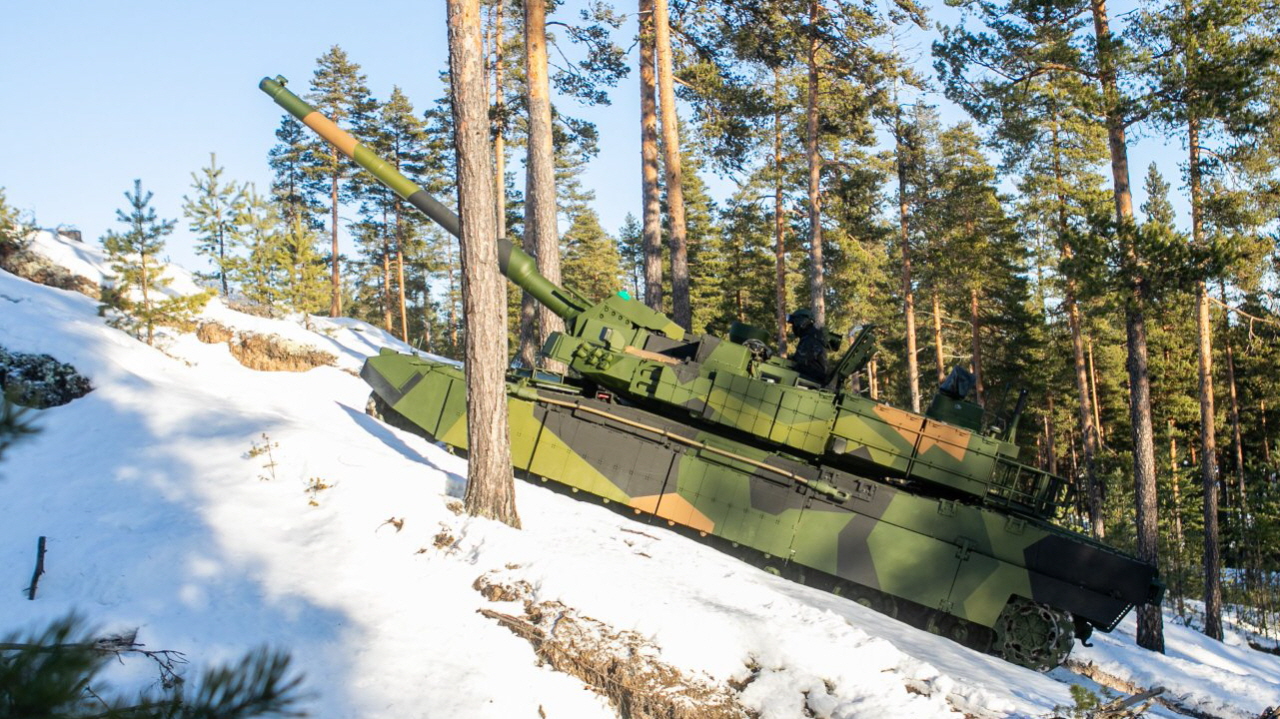官泄:中国全电战车原理样车首公开-陆军版-≡ 超级军事区 ≡-超级大本营军事论坛

lt.cjdby.net
Recently, an article by the Chinese military media on the application guide for the Armored Force Academy revealed for the first time a picture of the principle prototype of the all-electric combat vehicle under study. This is after the CCTV reported on Academician Ma Weiming's ship's all-electric propulsion system, mainland officials have once again revealed the current state of research and development of all-electric system equipment. Some observers believe that China is not only developing a fully electric propulsion system for
naval vessels, but also developing a fully electric propulsion system for the
army 's
tank armored vehicles. (Photo source: @ 列宁格勒 卫 者)
The basis of today's tanks and armored vehicles is still mechanical technology. In order to further improve the various performances of combat vehicles, from mechanization to electrification is an inevitable trend of development. The all-electric technologies that support the development of a new generation of chariots include: electric transmission technology, electric gun technology, and electric armor technology. And this picture of the all-electric chariot of the Armored Forces Academy shows the first item of all-electric technology, namely electric transmission technology. It can be clearly seen from the label on this picture that the distribution of electric transmission technology-related equipment: the engine compartment is installed in the power compartment of the vehicle head, the super capacitor group is installed on the left side of the vehicle head, and the middle of the vehicle body is installed. It is a generator control box, a high-voltage power distribution box and an integrated controller. A power battery is installed on the left and rear side of the car body, and a wheel hub motor is installed on the wheel.
The analysis indicates that in the electric transmission system, the transmission is no longer a traditional mechanical transmission, but an electric transmission composed of a generator and a motor. The huge electrical energy required by electric guns, electric armor, and other equipment comes from electric generators in electric drives, so electric drives are the basis of all-electric chariots. This picture of the Armored Force Academy shows only a prototype of the wheeled electric drive principle. As for the electric gun (electromagnetic gun or electric heat gun) and electric armor, I believe that China is also developing it.
Continental expert Song Nan pointed out that the PLA has launched a new 8-wheel-drive armored prototype vehicle equipped with "oil-electric hybrid power unit + in-wheel motor + XXX power battery". From the only text and picture information, the PLA's hybrid electric and electric eight-wheel drive armored vehicle prototype uses the mature body structure of the PLA's current active "big eight-wheel" armored vehicle and matches the new 6-cylinder supercharged diesel engine (compared with the "big eight "Same type" + X20 kW main motor (generator function) + 8 sets of air-cooled heat-dissipating wheel hub drive motors + quick-release liquid active heat-dissipation 4 groups of single-cell energy density exceeding XXXWh / kg lithium iron phosphate power battery .
The power assembly of the "PLA Hybrid Electric-Electric Super-Eight-Drive Armored Vehicle" consists of a diesel engine, a generator, 8 sets of wheel-side motors, and a power battery. Obviously, it is an extended range hybrid system. The diesel engine only provides power to the generator, and the generator outputs electricity. The eight sets of wheel hub motors drive the vehicle forward through the electricity. If there is no accident, the "PLA 8-wheel hybrid armored vehicle" will also match the external "quick charge" system.
What are the tactical advantages of the PLA's hybrid electric and electric eight-wheel drive armored vehicle? Due to the remarkable technical characteristics of the "Petroleum Hybrid Electric-Electric Hybrid Super-Eight-Drive Armored Vehicle", it can be given tactics such as fire support, forward detection, logistic replenishment, rapid assault, airdrop, and airborne. The picture shows the details of a certain type of hybrid electric vehicle. It can be seen that the car adopts a nickel-cobalt-manganese ternary lithium battery with 17 degrees (or 16 degrees) of nickel-cobalt-manganese material with water cooling and heat dissipation (heat preservation) function. The yellow arrow in the picture is the water outlet pipe (return to the heat dissipation pipe in the engine compartment after the thermal cycle of the power battery), and the red arrow is the water inlet pipe.
The People's Liberation Army gasoline-electric hybrid super electric eight-wheel drive armored vehicle uses a range-extended hybrid electric-electric drive system. In logistics replenishment and fire support missions, the hybrid electric-electric mode is selected to drive. It does not use power battery energy and consumes fuel that is easier to replenish. The picture shows the 73 modified tracked armored vehicle equipped with hybrid power of the Japanese army.
In frontier reconnaissance and rapid assault missions, using all-electric drive mode, mechanical systems such as diesel engines stop running, reducing their own acoustic and thermal signals. Rely on lithium iron phosphate power battery to obtain driving energy for driving, liquid active cooling system to minimize the thermal radiation signal of the power battery, and ensure that the power battery is stable in combat conditions. The US Army has begun testing ULV (Ultra Light Vehicle) hybrid electric vehicles.
In the implementation of airdrop and airlift missions, large transport aircraft such as Yun-20 are used to transport and export people, vehicles, and electrical assemblies; and transport-30 vehicles are used to separate personnel and vehicles from airlift and airdrop, and power batteries can be removed. People, cars, and electricity are separated by air and airdrops.
High-energy-density lithium iron phosphate power battery uses high-quality batteries from domestic manufacturers of batteries, complete vehicles, and super electric four-wheel drive systems. Through active liquid heat dissipation and the wrapping of rubber damping valve bodies, iron phosphate is finally made. The energy density of the lithium power battery assembly (including battery cells and liquid cooling system) is close to 200Wh / kg. In fact, this has exceeded the average level of 150Wh / kg for the energy density of ternary lithium power battery cells used in the Chinese
market in 2016 .
High-energy-density lithium iron phosphate power battery uses high-quality batteries from domestic manufacturers of batteries, complete vehicles, and super electric four-wheel drive systems. Through active liquid heat dissipation and the wrapping of rubber damping valve bodies, iron phosphate is finally made. The energy density of the lithium power battery assembly (including battery cells and liquid cooling system) is close to 200Wh / kg. In fact, this has exceeded the average level of 150Wh / kg for the energy density of ternary lithium power battery cells used in the Chinese market in 2016.
Some scholars estimate that the PLA's hybrid electric eight-wheel-drive armored vehicle will have a full electric range in late 2018, or it can exceed 300 kilometers (fast charge to 70% in one hour, and the number of power batteries can be replaced in 3-5 minutes. Or increase or decrease). (Source: @ 列宁格勒 卫 者)

